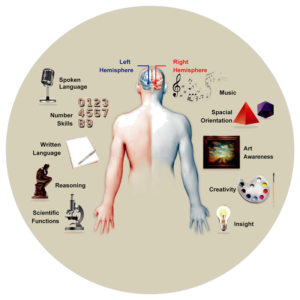

Physical inactivity and obesity: Being inactive, obese or both can increase your risk of high blood pressure, high blood cholesterol, diabetes, heart disease and stroke.Although they may eat well and exercise, they still may have high cholesterol and must take medication to control it. However, some people inherit genes associated with elevated levels of cholesterol. You can often improve your cholesterol levels by decreasing the salt and saturated fat in your diet. Low levels (less than 40 mg/dL) of HDL (good) cholesterol also may increase stroke risk. Recent studies show that high levels of LDL (bad) cholesterol (greater than 100 mg/dL) and triglycerides (blood fats, 150 mg/dL or higher) increase the risk of stroke in people with previous coronary heart disease, ischemic stroke or TIAs. High blood cholesterol: A high level of total cholesterol in the blood (240 mg/dL or higher) is a major risk factor for heart disease, which raises your risk of stroke.Diabetes, especially when untreated, puts you at greater risk of stroke and has many other serious health implications. Diabetes: It is crucial to control your blood sugar levels, blood pressure and cholesterol levels.History of TIAs: About 30 percent of strokes are preceded by one or more TIAs that can occur days, weeks or even months before a stroke.Carotid arteries are treated by neurosurgeons through carotid endarterectomy, a procedure in which an incision is made in the neck and plaque is removed from the artery or carotid artery angioplasty and stenting, an endovascular procedure that requires no surgical incision in the neck. A carotid artery narrowed by fatty deposits from atherosclerosis may become blocked by a blood clot. Carotid or other artery disease: The carotid arteries in your neck supply blood to your brain.Controlling your blood pressure is crucial to stroke prevention. That is why it is important to have your blood pressure checked regularly. It usually has no specific symptoms and no early warning signs. High blood pressure: Blood pressure of 140/90 mm Hg or higher is the most important risk factor for stroke.There is recent evidence that long-term secondhand smoke exposure may increase your risk of stroke.

Your risk may be increased further if you use some forms of oral contraceptives and are a smoker.


The Stroke Association said it was unclear whether the same was occurring in the UK, but said it was imperative that medical professionals were aware of the symptoms of right-sided strokes. are more noticeable if language or dominant hand function is affected, both of which are located in the left hemisphere in most individuals," said the researchers.īy contrast, right hemisphere stroke is usually associated with neglect, which reduces the individual's awareness that something might be amiss, they said. "The probable explanation for our findings is that symptoms. They found more of the recorded cases were left-sided strokes than right-sided ones - 11,300 cases compared to 8,700 cases, respectively.ĭr Foerch's team does not believe left-sided strokes are more common than right-sided ones but instead that strokes on the right of the brain are more often missed.Ĭompared to those with right-handed strokes, the patients affected on the left of the brain were more likely to get the right treatment and be admitted to hospital within three hours of their symptoms starting. One person every five minutes will suffer a first stroke.ĭr Christian Foerch and colleagues at the Johann Wolfgang Goethe University in Frankfurt looked at stroke data for over 20,000 patients between 19. Stroke is one of the biggest killers and the largest single cause of serious adult disability in the UK. This means the signs and symptoms of a stroke in this area of the brain may be more subtle, such as the individual having a problem with awareness.


 0 kommentar(er)
0 kommentar(er)
